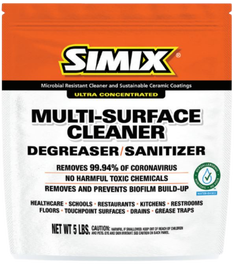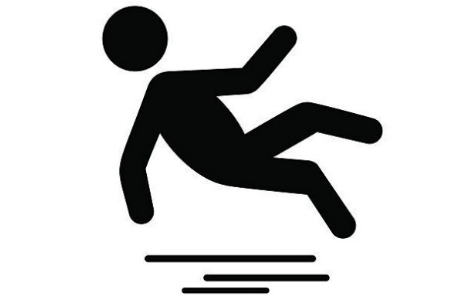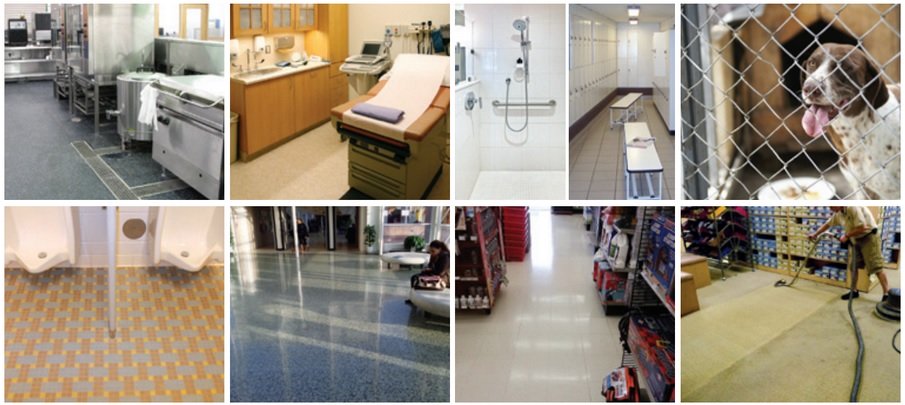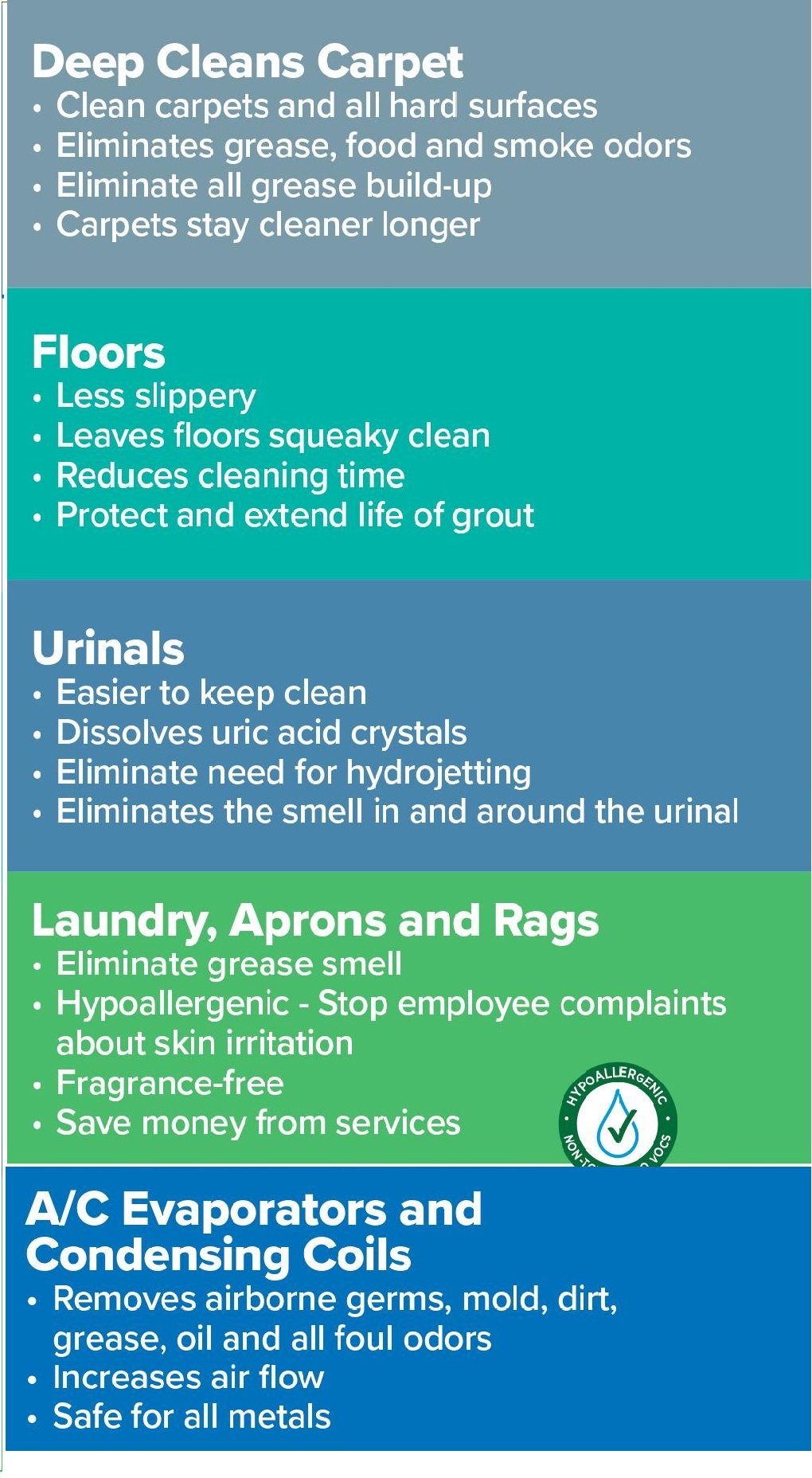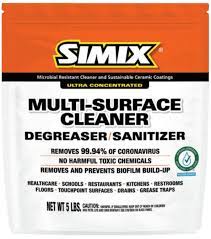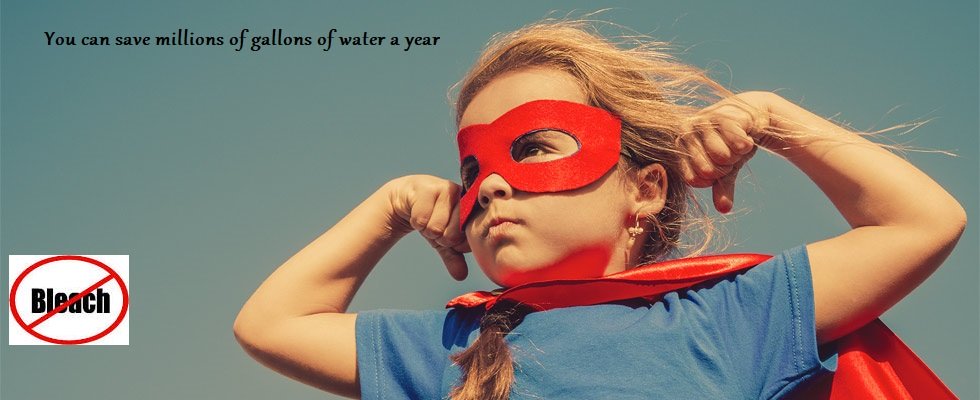Cleaning and Sanitizing Food Contact Surfaces: Ensuring Safety and Compliance
Sanitize Disinfect? What is the difference
In today's fast-paced world,Cleaning and Sanitizing Food Contact Surfaces, maintaining the highest standards of cleanliness and sanitation in food establishments is of paramount importance. Food contact surfaces play a critical role in preventing the spread of harmful bacteria and ensuring the safety of consumers. As experts in the field, we understand the significance of effective cleaning and sanitizing practices. In this comprehensive guide, we will provide you with essential information and practical tips to help you maintain impeccable food contact surfaces that meet the highest hygiene standards.
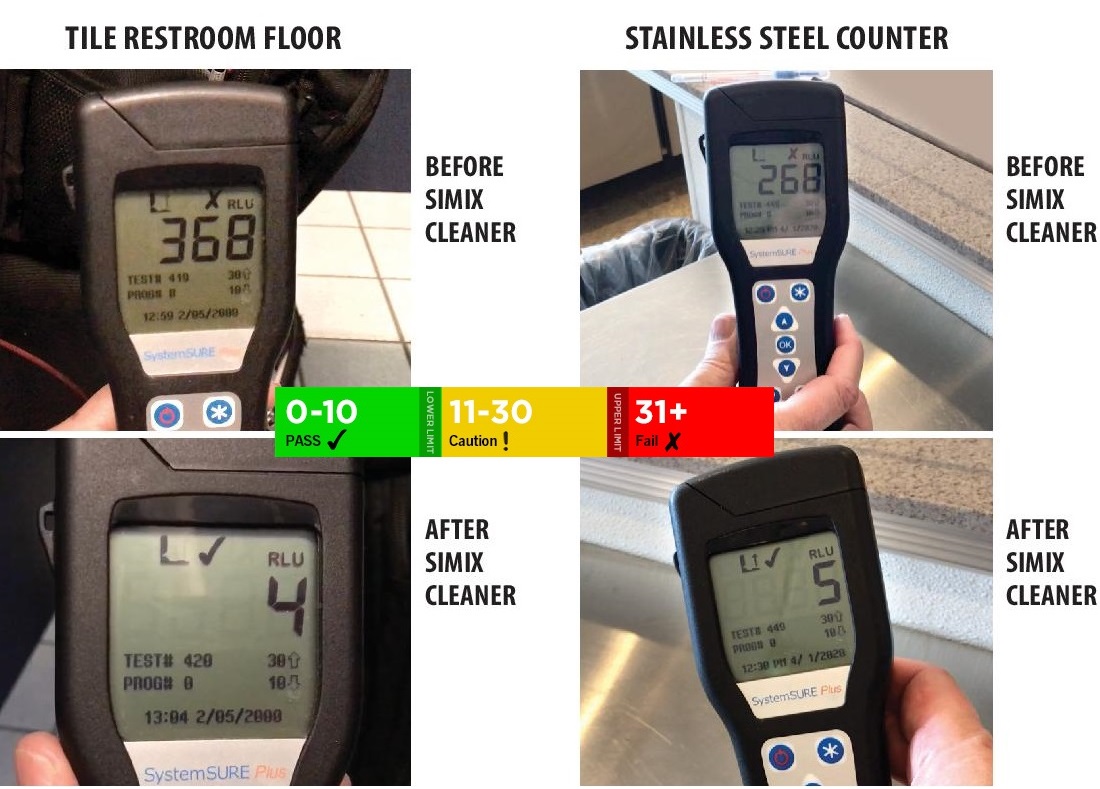 Simix cleans sanitizes and disinfects for 10 cents a quart
Simix cleans sanitizes and disinfects for 10 cents a quartImportance of Cleaning and Sanitizing Food Contact Surfaces
Properly cleaning and sanitizing food contact surfaces is crucial for several reasons:
- Preventing Foodborne Illnesses: Foodborne illnesses can have severe consequences for both consumers and businesses. By maintaining clean and sanitized food contact surfaces, you significantly reduce the risk of bacterial contamination and subsequent illnesses.
- Complying with Regulations: Regulatory bodies such as the Food and Drug Administration (FDA) have established stringent guidelines to ensure food safety. Failure to comply with these regulations can lead to penalties, legal issues, and damage to your reputation.
- Preserving Food Quality: Clean and sanitized food contact surfaces contribute to the overall quality and freshness of food products. When surfaces are properly maintained, the risk of cross-contamination is minimized, resulting in longer shelf life and better-tasting food.
Effective Cleaning Procedures
To achieve optimal cleanliness, follow these steps when cleaning food contact surfaces:
- Preparation: Begin by removing any loose debris or food particles from the surface. Use a suitable brush or scraper to dislodge stubborn residues.
- Cleaning Solution: Select an appropriate cleaning solution that is compatible with the surface material and effectively removes grease, stains, and bacteria. Refer to the manufacturer's instructions for recommended concentrations.
- Application: Apply the cleaning solution to the surface, ensuring complete coverage. Use a clean cloth or sponge to scrub the surface gently. Pay extra attention to cracks, crevices, and hard-to-reach areas.
- Rinsing: Thoroughly rinse the surface with clean water to remove any residue from the cleaning solution. This step is essential to prevent chemical contamination of food products.
- Drying: Allow the surface to air dry or use a clean, disposable towel to speed up the drying process. Ensure that the surface is completely dry before proceeding to the sanitization step.
The Role of Sanitization
Cleaning and Sanitizing Food Contact Surfaces: Ensuring Safety and ComplianceImportance of Cleaning and Sanitizing Food Contact SurfacesEffective Cleaning ProceduresThe Role of Sanitization
In today's fast-paced world, maintaining the highest standards of cleanliness and sanitation in food establishments is of paramount importance. Food contact surfaces play a critical role in preventing the spread of harmful bacteria and ensuring the safety of consumers. As experts in the field, we understand the significance of effective cleaning and sanitizing practices. In this comprehensive guide, we will provide you with essential information and practical tips to help you maintain impeccable food contact surfaces that meet the highest hygiene standards.
Properly cleaning and sanitizing food contact surfaces is crucial for several reasons:
- Preventing Foodborne Illnesses: Foodborne illnesses can have severe consequences for both consumers and businesses. By maintaining clean and sanitized food contact surfaces, you significantly reduce the risk of bacterial contamination and subsequent illnesses.
- Complying with Regulations: Regulatory bodies such as the Food and Drug Administration (FDA) have established stringent guidelines to ensure food safety. Failure to comply with these regulations can lead to penalties, legal issues, and damage to your reputation.
- Preserving Food Quality: Clean and sanitized food contact surfaces contribute to the overall quality and freshness of food products. When surfaces are properly maintained, the risk of cross-contamination is minimized, resulting in longer shelf life and better-tasting food.
To achieve optimal cleanliness, follow these steps when cleaning food contact surfaces:
- Preparation: Begin by removing any loose debris or food particles from the surface. Use a suitable brush or scraper to dislodge stubborn residues.
- Cleaning Solution: Select an appropriate cleaning solution that is compatible with the surface material and effectively removes grease, stains, and bacteria. Refer to the manufacturer's instructions for recommended concentrations.
- Application: Apply the cleaning solution to the surface, ensuring complete coverage. Use a clean cloth or sponge to scrub the surface gently. Pay extra attention to cracks, crevices, and hard-to-reach areas.
- Rinsing: Thoroughly rinse the surface with clean water to remove any residue from the cleaning solution. This step is essential to prevent chemical contamination of food products.
- Drying: Allow the surface to air dry or use a clean, disposable towel to speed up the drying process. Ensure that the surface is completely dry before proceeding to the sanitization step.
Sanitization is a critical step that goes beyond cleaning to effectively eliminate harmful bacteria and other microorganisms. Follow these guidelines for proper sanitization:
- Sanitizing Solutions: Choose a food-safe sanitizing agent that is appropriate for the specific surface and compatible with the cleaning solution used. Common sanitizers include chlorine-based compounds and quaternary ammonium compounds (quats).
- Application: Prepare the sanitizing solution according to the manufacturer's instructions, ensuring the correct concentration. Apply the sanitizer to the surface, ensuring complete coverage. Pay close attention to high-touch areas and commonly contaminated surfaces.
- Contact Time: Allow the sanitizer to remain in contact with the surface for the recommended duration. This period ensures that the sanitizer effectively kills bacteria and other pathogens. Refer to the product instructions for specific contact time.
- Rinsing (if applicable): Some sanitizers require rinsing with potable water after the contact time to remove any residual chemicals. Verify whether rinsing is necessary and, if so, perform it meticulously.
- Air Drying: After sanitization, allow the surface to air dry thoroughly. Avoid using towels or cloths, as they can reintroduce bacteria and compromise the sanitization process.
This will do it all for 10 cents a quart
Establishing a Cleaning and Sanitizing Schedule
Consistency is key to maintaining food contact surfaces in a clean and sanitary condition. Develop a schedule that outlines the frequency of cleaning and sanitizing based on the specific requirements of your establishment. Factors to consider include:
- Usage Frequency: Determine how often food contact surfaces are used and the level of contamination they are exposed to.
- Type of Establishment: Different food establishments have varying sanitation requirements. Consider factors such as the size of the facility, the type of food prepared, and the number of customers served.
- Regulatory Guidelines: Familiarize yourself with the applicable regulatory guidelines and incorporate them into your cleaning and sanitizing schedule.
- Staff Training: Ensure that your employees receive comprehensive training on proper cleaning and sanitizing procedures. Regularly reinforce the importance of adherence to these practices.
Conclusion
Maintaining clean and sanitized food contact surfaces is essential for the safety of consumers and the success of your business. By following the recommended cleaning and sanitizing procedures outlined in this guide, you can ensure compliance with regulations, prevent foodborne illnesses, and uphold the highest standards of hygiene.
Remember, a meticulous approach to cleanliness not only safeguards the well-being of your customers but also enhances your reputation as a trusted provider of safe and quality food products. Implement these best practices today and make food safety a top priority in your establishment.
mermaidCopy code
graph LR
Know the difference between sanitizing disinfecting and cleaning
Amy Braden
Amy Braden, a Novant Health infection preventionist based in Winston-Salem, focuses on ways to prevent the spread of communicable diseases. “The thing everyone can do to protect themselves the most is hand hygiene,” she said. “Wearing a mask and keeping social distance are up there in importance when it comes to Covid-19, but we still have a whole lot to learn.”
When it comes to these three terms, it’s not just semantics. They’re each distinct methods of removing germs, dirt and impurities from surfaces or objects. Braden explains it like this:
- Cleaning is the physical process of removing dirt, germs, viruses and bacteria, typically using soap and water. While it doesn’t necessarily kill germs, by removing them from surfaces and objects – including hands – you lower the risk of spreading infection.
- Disinfecting uses chemicals to kill germs. While it doesn’t necessarily clean dirty surfaces or remove germs, it kills germs and can lower the risk of spreading infection.
- Sanitizing is removing and lowering numbers of germs to a safe level, as judged by public health standards.
- For most of us, sanitizing, which is more about reducing the number of germs, rather than killing all of them, is the sweet spot. “We don’t need perfectly disinfected houses,” said Braden. “We just need to remove the bulk of germs so that when we’re going about our daily lives, we don’t have as many risk factors for getting communicable infections.”For routine household needs, using a disinfectant is most important for bathrooms; kitchens where raw meat is handled, prepped or cooked; and places of frequent contamination, such as doorknobs and keys, Braden said. When a member of the household is sick, using a disinfectant is useful for all surfaces an individual may have contaminated with their germs.When talking with the public about preventing infection, Braden recommends a few things.
One product does it all for Ten cents a quart
The real science says it all
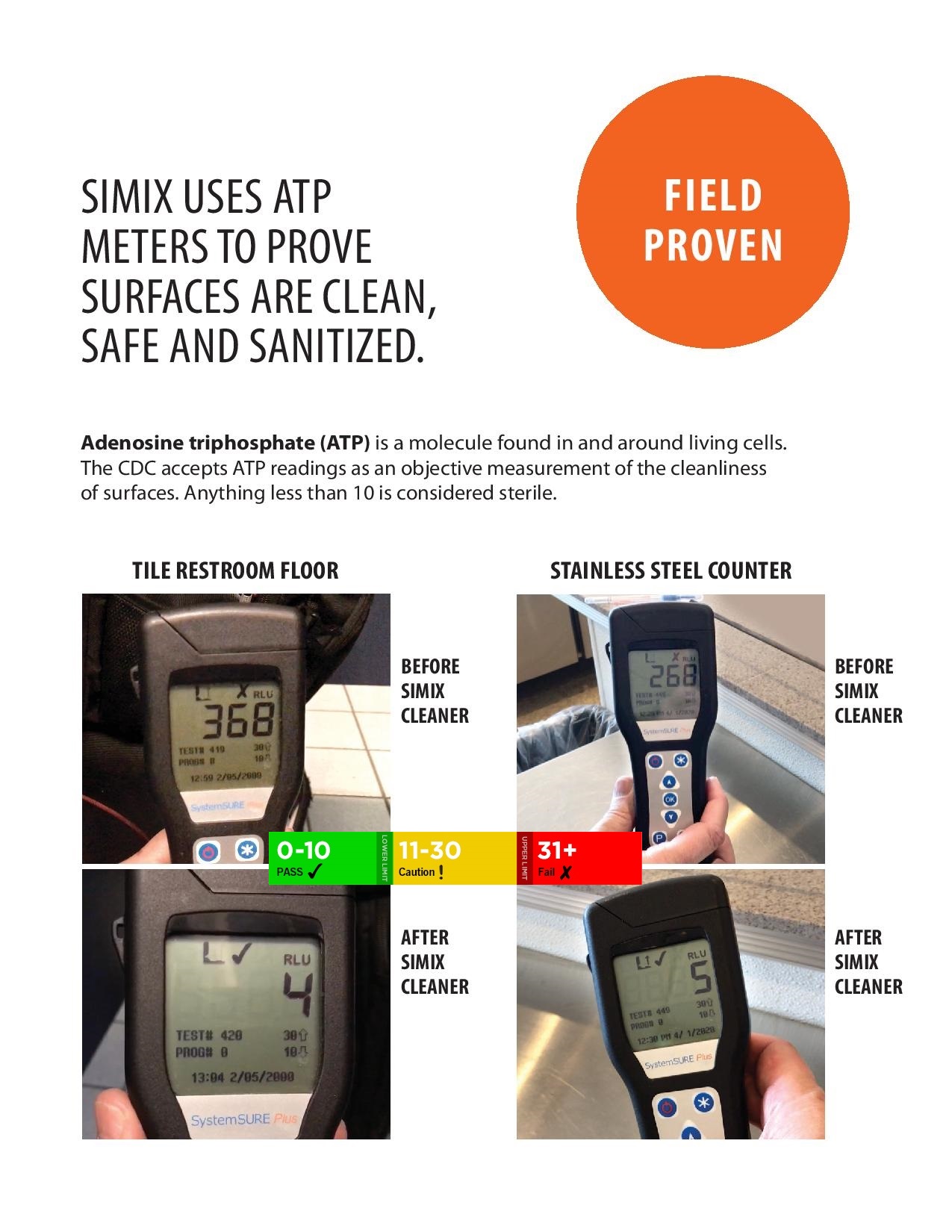
Watch it Sanitize Disinfect and clean
|
|
|
It is good to sanitize disinfect and cleaning walls, glass, door knobs, countertops, toilets and other hard surfaces. Use the three percent solution undiluted in a spray bottle and spray it on the surface to be cleaned. Allow it to stand for several minutes then wipe. Some of the surfaces that you can clean frequently with hydrogen peroxide are appliances, countertops, cutting boards, bathtubs, mirrors, toilets and windows.
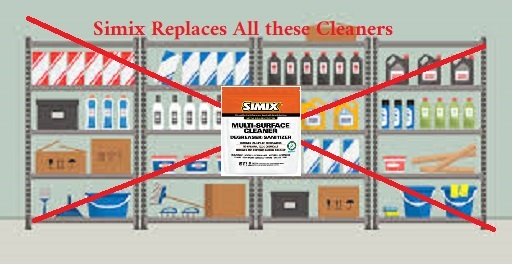 Simix Replaces Multiple Products
Simix Replaces Multiple Products